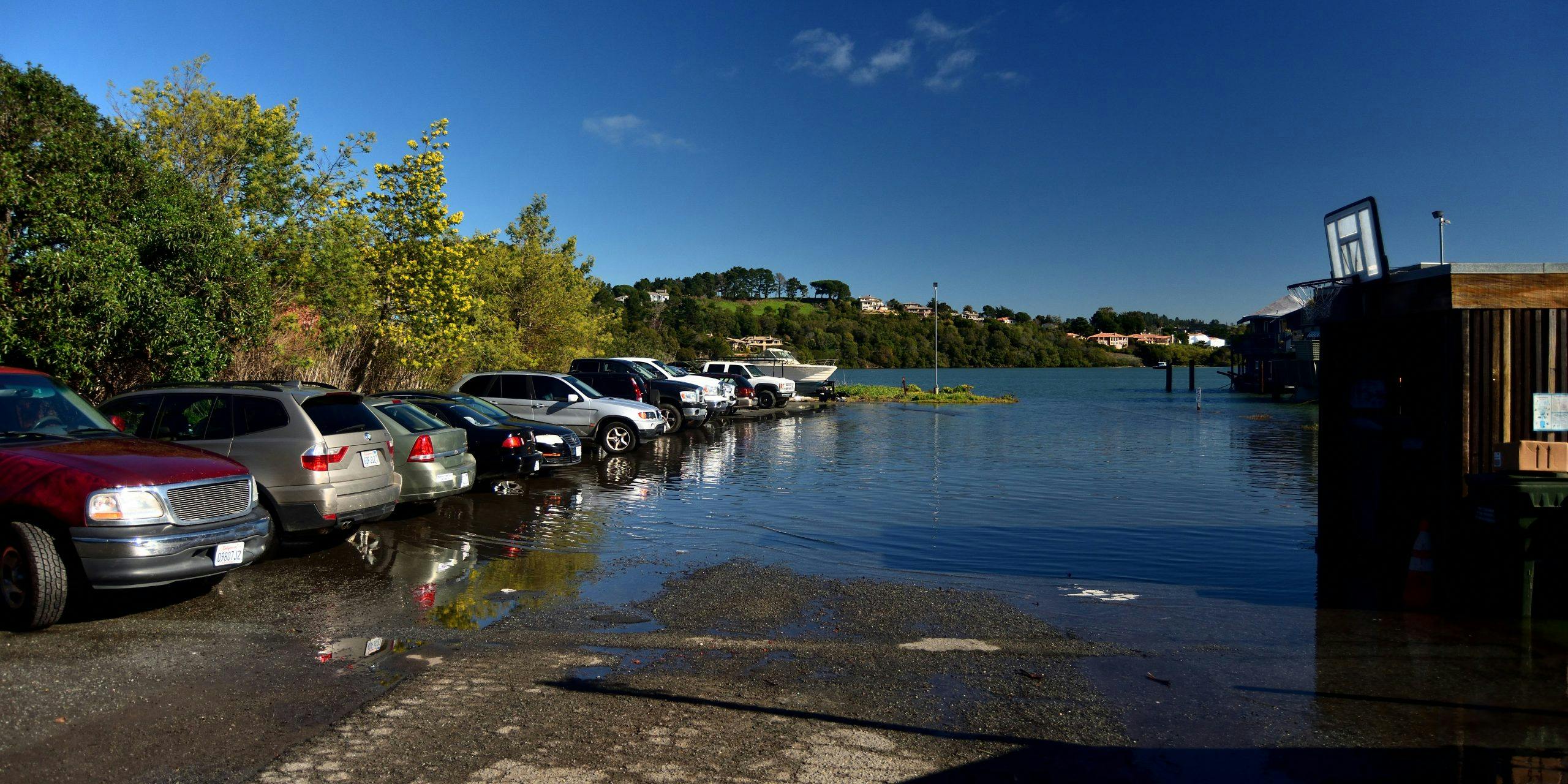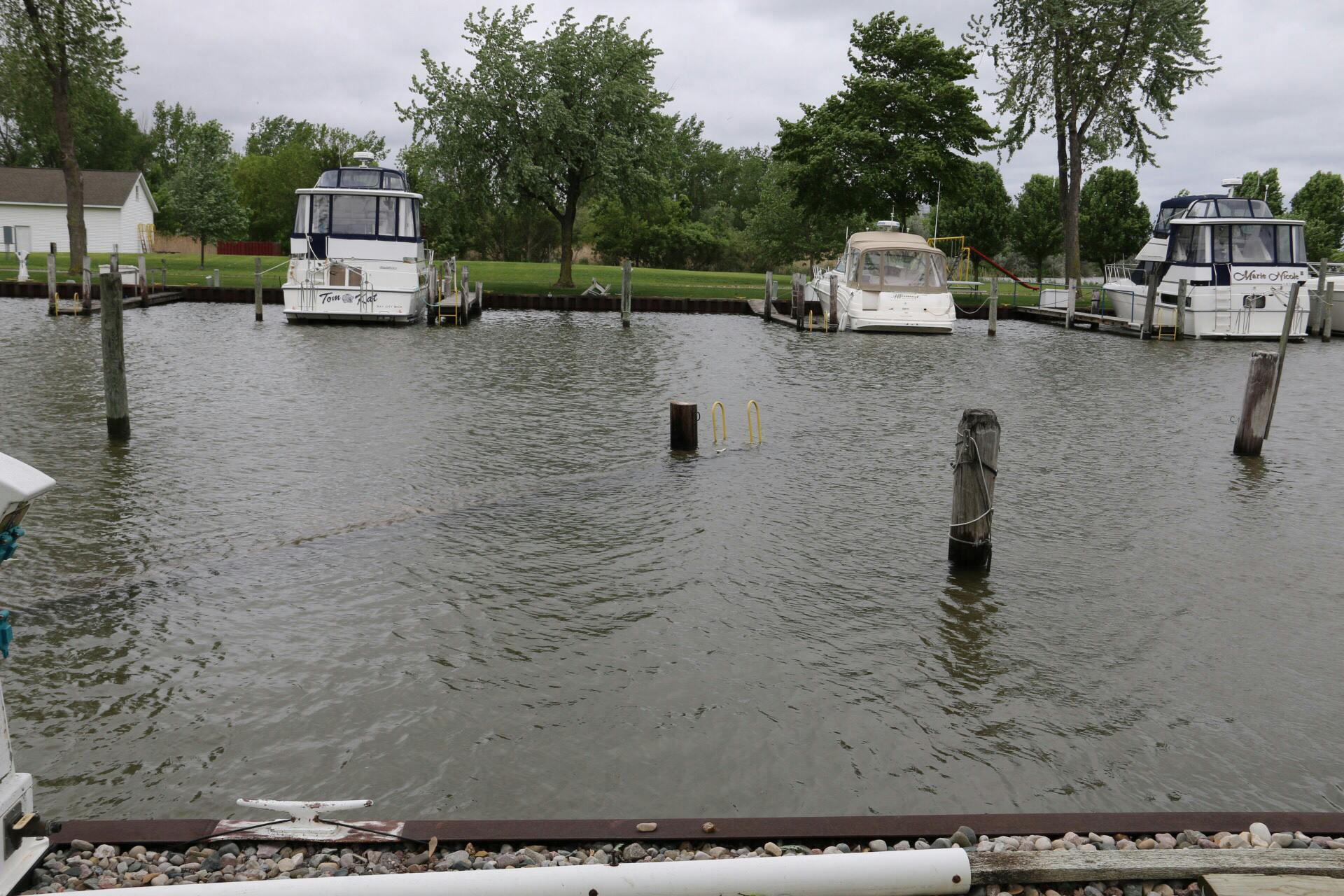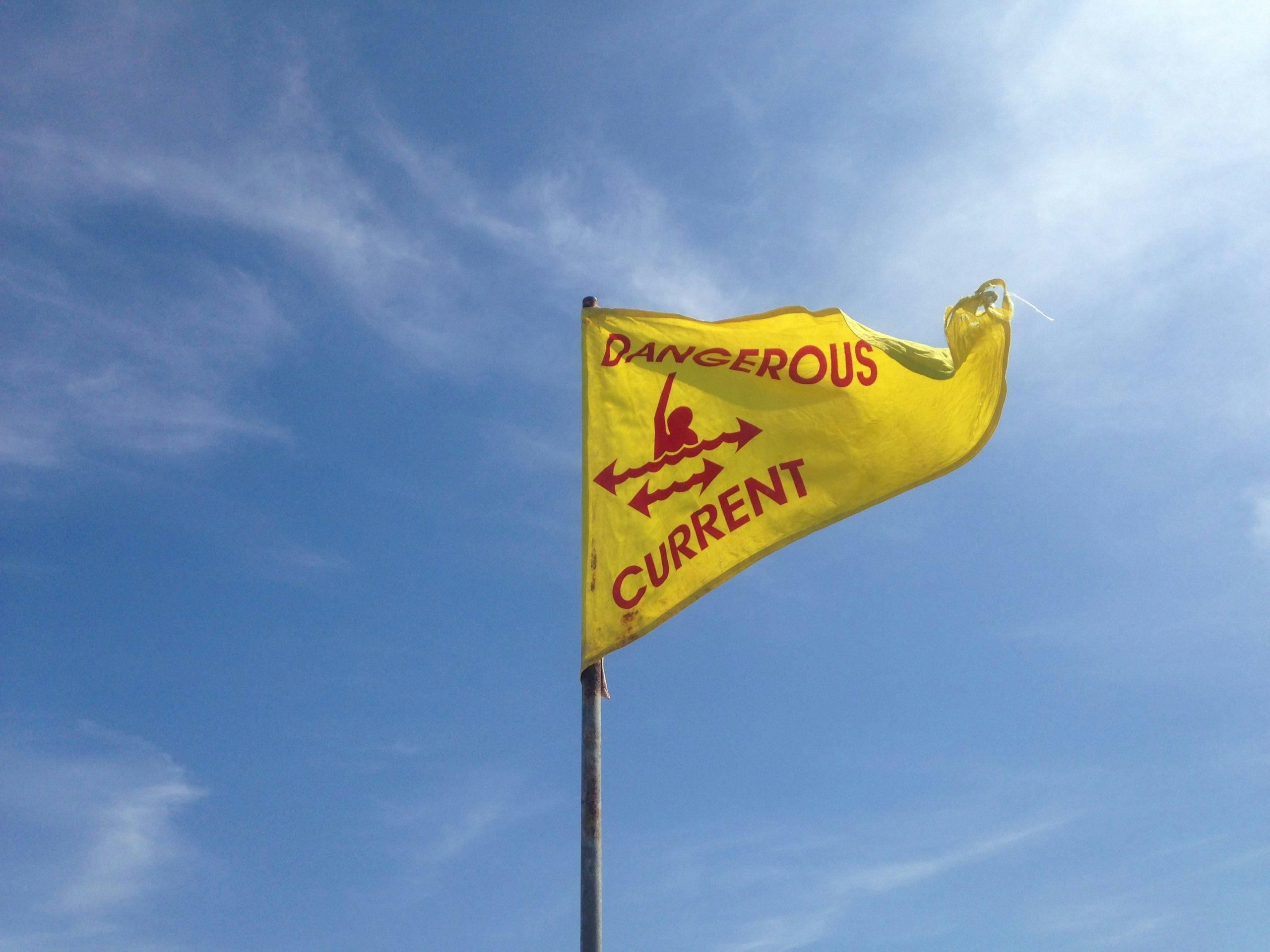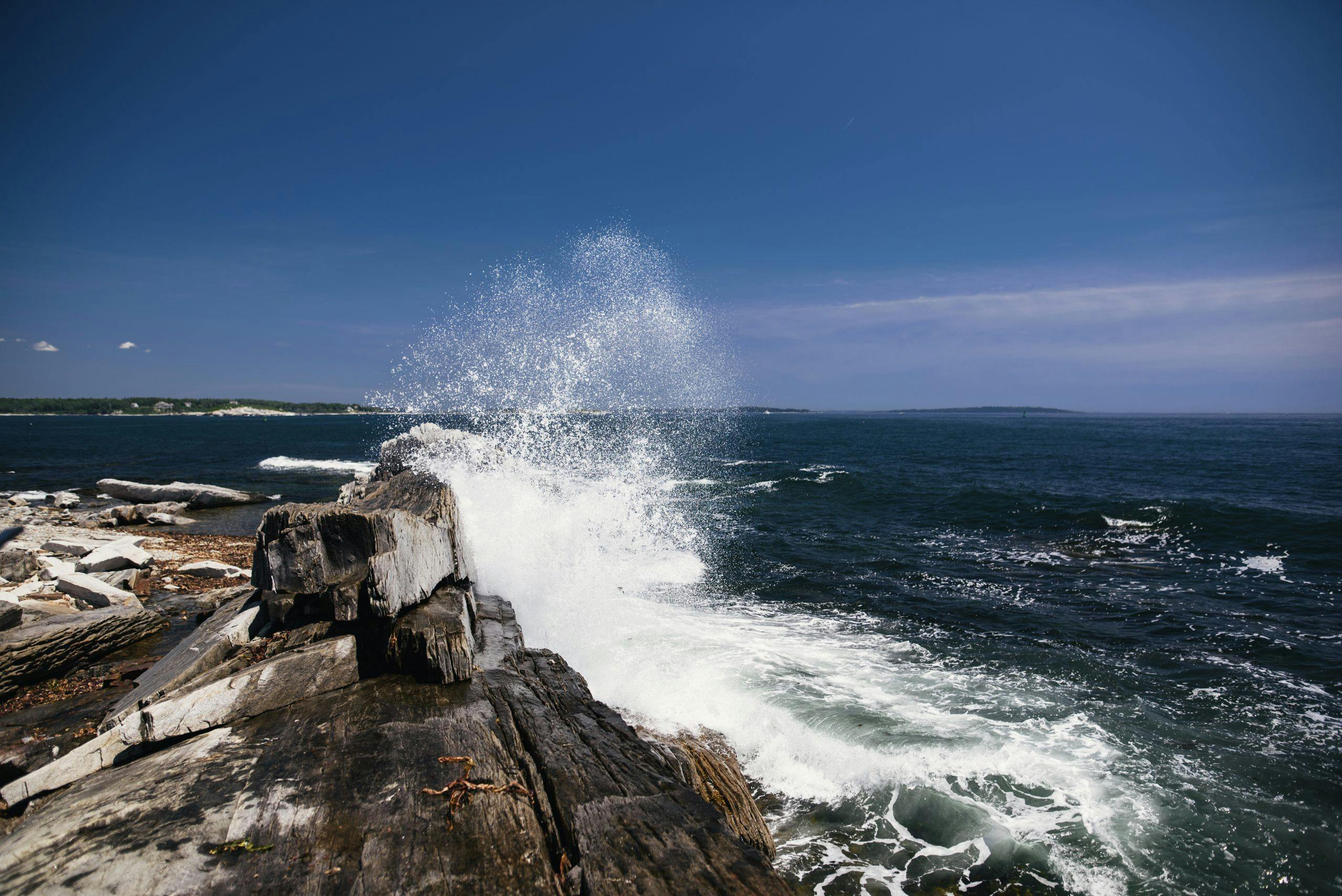Tides are the rise and fall of the ocean’s water level. They are primarily caused by the Moon and Sun’s gravitational forces and the rotation of the Earth. However, the actual timing and peak of tides are also determined by factors like wind and atmospheric pressure.
There are three types of tides that are most likely to affect the beach you visit:
1. Diurnal tides: gravitational tides which cycle once per day
2. Semidiurnal tides: gravitational tides which rise and fall twice a day
3. Mixed tides: gravitational tides during which one of the high tides is much higher than the other
In coastal areas, there are two high tides and two low tides every 24 hours and 50 minutes. It takes 6 hours and 12.5 minutes for the ocean to from high to low tide, or vice versa.
There are other less common tides you should be aware of as well, such as:
Spring Tides (or King Tides) and Neap Tides
Knowing the difference between spring tides and neap tides may also come in handy. Both of these tides are gravitational tides. Spring tides (also known as “king tides”) happen twice each lunar month, approximately every two weeks during the new and full moon. Neap tides happen seven days after spring tides. They cause the high tides to be slightly higher, and the low tides to be slightly lower.
Dangers associated with King Tides
Spring tides are more extreme than neap tides. During a spring tide, high tide will bring the water much further up the beach than normal. Sometimes, the water will extend even up past the beach. Ocean currents are stronger during spring tides, so use caution when swimming.

King tides bring the tide to its highest height of the entire year. When the water comes up so high, it can cause coastal flooding in certain areas, such as South Florida. These tidal waters can become contaminated by fertilizers, oil, gas, and other pollutants.
The pollutants are brought back into the sea when the tide recedes, and they can negatively impact recreational water quality (leading to recreational water illnesses like diarrhea). Water pollution from king tides can also hurt marine life in the area and cause algae blooms in a waterbody if excess nutrients are introduced.
Lake Tides
In big enough lakes, such as the Great Lakes, very minor tides have been found. Semi-diurnal tides do occur in the Great Lakes, the most considerable of which is the annual high spring tide, which may still only reach a height of about 5 centimeters.
Water levels in the lakes are much more heavily influenced by precipitation, evaporation, weather, winds, landforms, and runoff than the sun and the moon. These other factors can hide the effects of the tides, so some see the tides in the Great Lakes as imperceptible enough to consider the lakes non-tidal.

Other water phenomenons mistaken for tides:
Seiches
A wave called a seiche is sometimes mistaken for a tide. A seiche is an oscillating wave in an enclosed or partially enclosed body of water. These waves can be several feet high and can be so large and powerful that some people actually surf on them.
Seiches are usually caused by variations in wind, weather, and atmospheric pressure. These elements force the water from one end of the lake to another, causing the water to then rush back to the side it came from after the conditions which caused the seiche have ended. Think of a seiche as similar to the sort of ‘sloshing’ effect that might happen in a bathtub if you move back and forth.
Seiches can last for hours or even days at a time. High and low tides usually develop over a period of about six hours, but a typical seiche may last for four to seven hours, which leads to seiches being confused for tides.

Lake Erie is especially susceptible to seiches because of its shallowness and southwest to northeast winds. Seiches of up to 5 metres can materialize in Lake Erie, and they have caused flooding, rip currents, and even deaths.
Rip Currents
Rip currents are usually confused with rip tides. The main difference is that rip tides only happen in tidal areas, often in bays or estuaries. Rip currents can happen on any beach with waves that break, including in lakes.
Rip currents are channels of water that pull away from the beach. They can suck even strong swimmers out to sea. You can escape a rip current by swimming parallel to the beach until you no longer feel the current pulling you out.

Tidal Waves
The term ‘tidal wave’ is sometimes used to refer to tsunamis, but this is inaccurate. A tidal wave is actually a shallow, recurring wave caused by gravity, whereas tsunamis are a succession of enormous waves that are caused by earthquakes or undersea volcanic eruptions.
Storm Surges and Storm Tides
Storm surges happen during strong storm winds, like those of a hurricane. The powerful winds push water up the beach much further than it normally goes. Storm tides occur when storm surges hit the shore along with the regular tide, causing a very high rise in water levels.
Certain tides can be great for different types of water activities, but they can be dangerous too. When you’re in a tidal area, you’re at the mercy of the sea. You should always make sure you know how to stay safe in tidal areas before you head to the beach.

